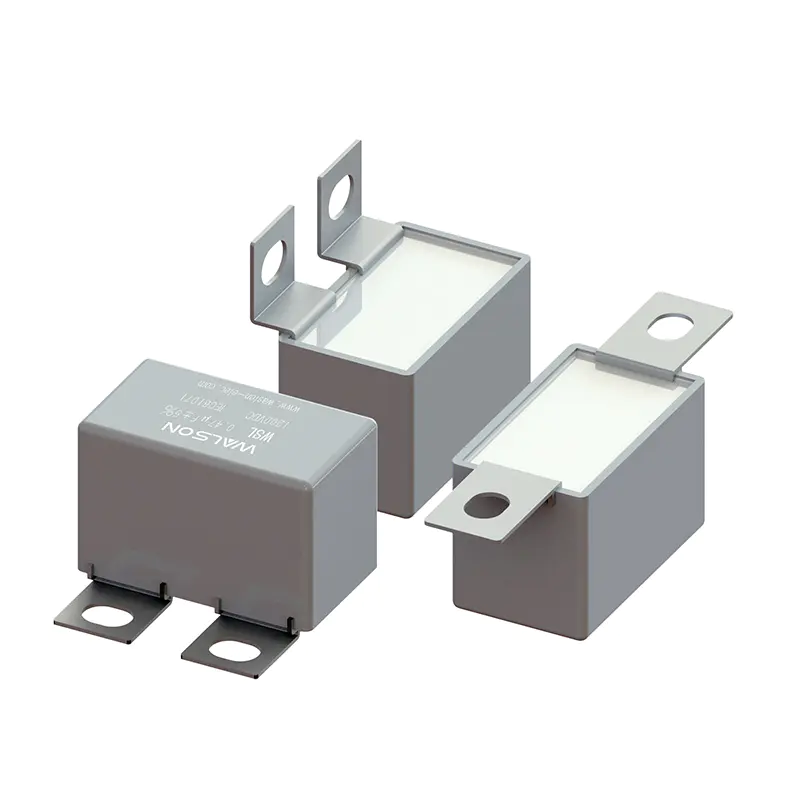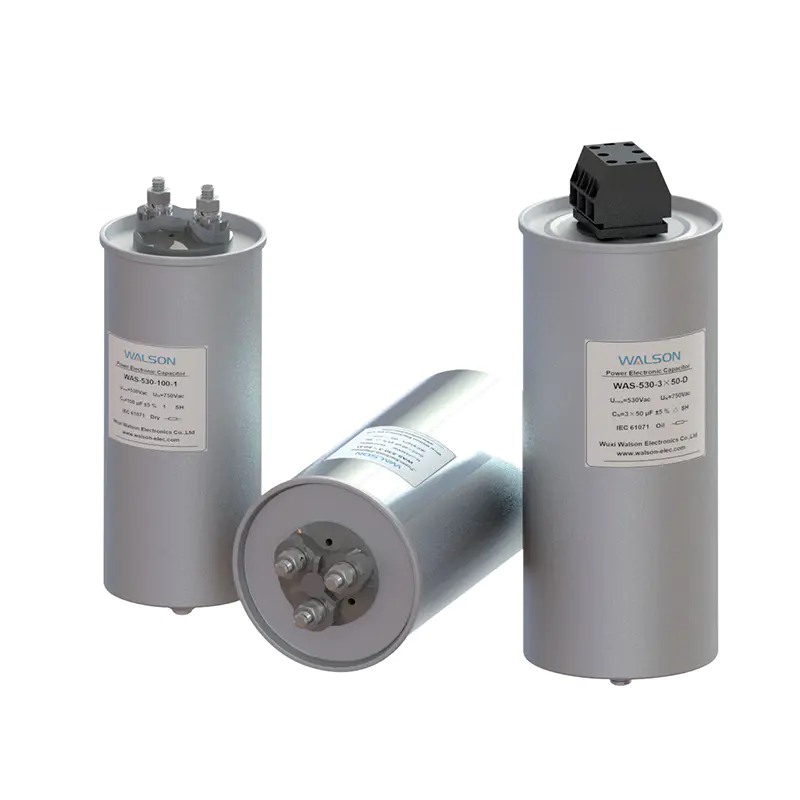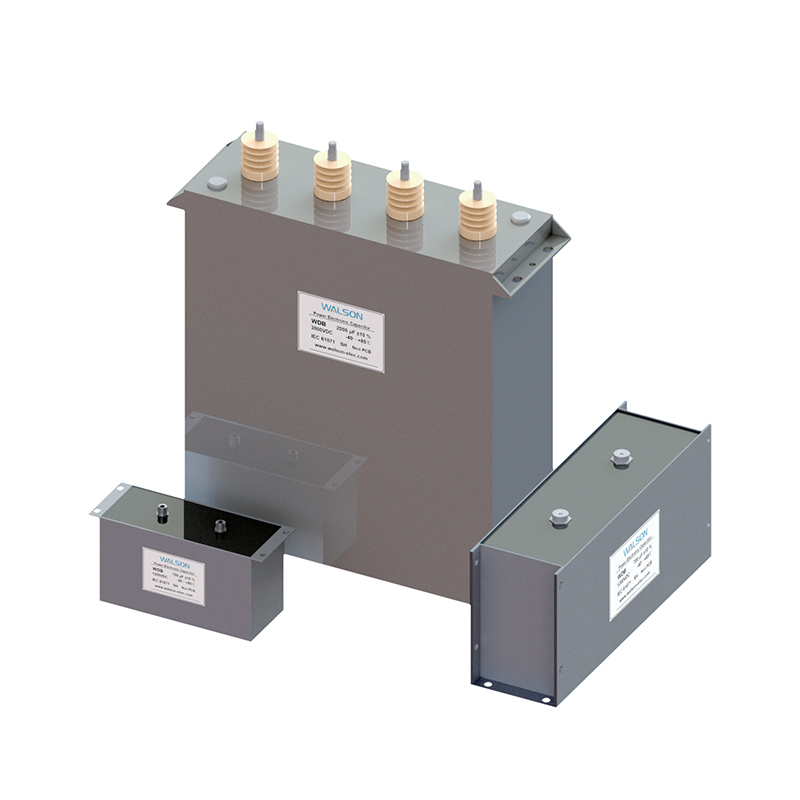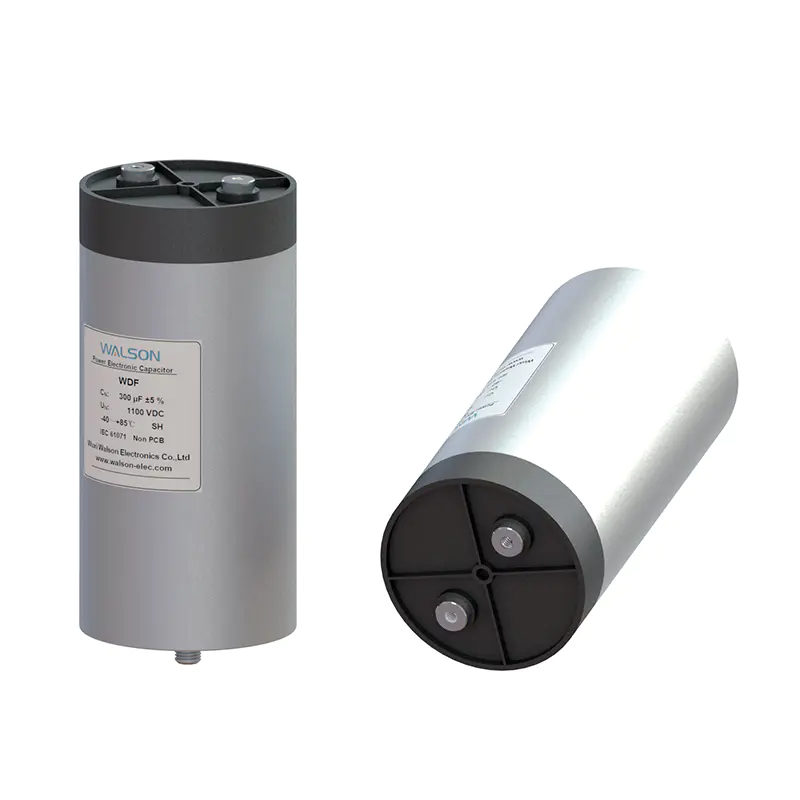- Home
- Products
- Applications
- Capacitors for Household Appliances
- Capacitors for Power Supply
- Capacitors for LED Lighting
- Capacitors for Mobile And DSL Appliances
- Capacitors for Automotive& Vehicles
- Capacitors for Photovoltaic Inverters
- Capacitors for Wind Power Plants
- Capacitors for Renewable Energy Systems
- Capacitors for Induction Heating
- Capacitors for Medical Equipments
- Capacitors for Industrial Control
- Capacitors for Power Electric
- Capacitors for Rail Transit
- Capacitors for Smart Grid
- Capacitors for University & Research Instituite (High Energy Physics)
- About Us
- News
- Contact Us
-
- Capacitors for Household Appliances
- Capacitors for Power Supply
- Capacitors for LED Lighting
- Capacitors for Mobile And DSL Appliances
- Capacitors for Automotive& Vehicles
- Capacitors for Photovoltaic Inverters
- Capacitors for Wind Power Plants
- Capacitors for Renewable Energy Systems
- Capacitors for Induction Heating
- Capacitors for Medical Equipments
- Capacitors for Industrial Control
- Capacitors for Power Electric
- Capacitors for Rail Transit
- Capacitors for Smart Grid
- Capacitors for University & Research Instituite (High Energy Physics)
Web Menu
- Home
- Products
- Applications
- Capacitors for Household Appliances
- Capacitors for Power Supply
- Capacitors for LED Lighting
- Capacitors for Mobile And DSL Appliances
- Capacitors for Automotive& Vehicles
- Capacitors for Photovoltaic Inverters
- Capacitors for Wind Power Plants
- Capacitors for Renewable Energy Systems
- Capacitors for Induction Heating
- Capacitors for Medical Equipments
- Capacitors for Industrial Control
- Capacitors for Power Electric
- Capacitors for Rail Transit
- Capacitors for Smart Grid
- Capacitors for University & Research Instituite (High Energy Physics)
- About Us
- News
- Contact Us
Product Search
Exit Menu
Working Principle of Dielectric Materials in Capacitors
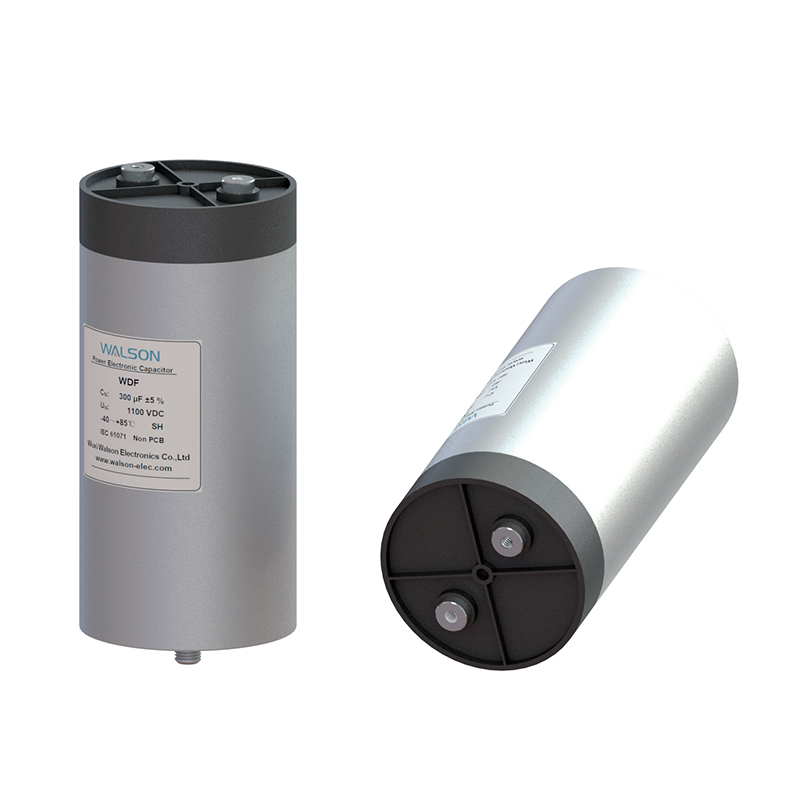
Working Principle of Dielectric Materials in Capacitors
Capacitors are indispensable components in modern electronic devices, and dielectric materials, as the core part of capacitors, directly determine their performance through their working principles. Based on the distribution characteristics of charges in dielectric materials, dielectrics can be classified into three categories: non-polar dielectrics, polar dielectrics, and ionic dielectrics.
In non-polar dielectrics, the centers of positive and negative charges in molecules coincide. In polar dielectrics, the centers of positive and negative charges in molecules do not coincide. Ionic dielectrics, on the other hand, are composed of positive and negative ions, where individual molecules no longer exist, and the medium consists of ions. Regardless of the type of dielectric material, in the absence of an external electric field, due to the irregular thermal motion of molecules, the probability of molecular distribution is equal in all directions, resulting in a macroscopic dipole moment of zero and an overall electrically neutral state.
However, when an external electric field is applied, the microscopic behavior of dielectric materials undergoes significant changes. Under the influence of the external electric field, each molecule experiences a torque from the electric field, tending to align with the direction of the external field. However, due to the thermal motion of molecules and interactions between them, the molecules cannot achieve perfect alignment along the external electric field. This partial ordering leads to polarization within the dielectric material, which macroscopically manifests as bound charges on the surface of the dielectric, thereby affecting the energy storage characteristics of the capacitor.
Non-polar dielectrics primarily respond to an external electric field through electronic displacement polarization, polar dielectrics exhibit their properties through orientation polarization, and ionic dielectrics demonstrate ionic displacement polarization. These polarization mechanisms collectively determine the dielectric constant of the material, which in turn influences the capacitance value of the capacitor.
Understanding the working principle of dielectric materials is of great significance for capacitor design and performance optimization. By selecting appropriate dielectric materials, the energy storage density, loss characteristics, and temperature stability of capacitors can be tailored to meet the requirements of various application scenarios.

 简体中文
简体中文 English
English Español
Español